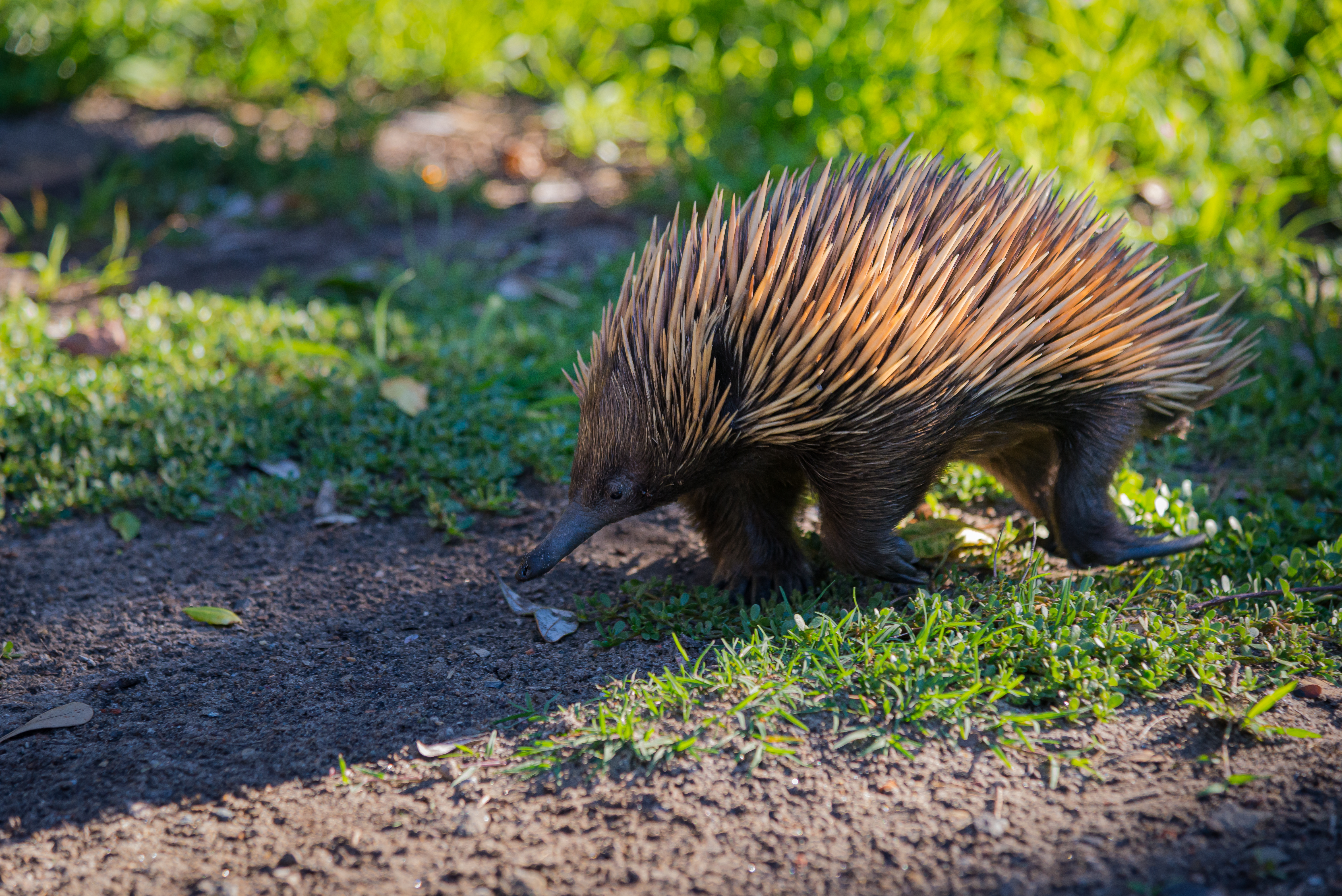
Vocabulary:
- mammal /MAM-uhl /
- elusive /ih-LOO-siv/
- significance /sig-NIF-i-kuhns/
- resolve /ri-ZOLV/
- local /LOH-kuhl/
[noun] – any animal of which the female feeds her young on milk from her own body. Most mammals give birth to live young, not eggs
The zoo recently welcomed a new mammal, a baby elephant.
[adjective] – difficult to describe, find, achieve, or remember
The rare bird species proved elusive, escaping the birdwatchers’ keen eyes.
[noun] – importance
The historical artifacts discovered had great significance for understanding ancient civilizations.
[verb] – to solve or end a problem or difficulty
The team worked together to resolve the technical issues before the project deadline.
[noun] – a person who lives in the particular small area that you are talking about
The locals gathered at the town square for a community meeting to discuss upcoming events and initiatives.
Article reading:
Biologist James Kempton, part of the expedition, expressed the joy and relief of finding the creature on the last day of their trip. The echidna is a unique mammal belonging to a group called monotremes, which lay eggs and separated from the rest of the mammal family tree about 200 million years ago. This species was first scientifically recorded in 1961 by a Dutch botanist and is known to be shy, nocturnal, and challenging to locate. The team faced various challenges during their expedition, including an earthquake, malaria, and even a leech attached to an eyeball. The discovery holds cultural significance in the region, as the echidna is embedded in local traditions. The Yongsu Sapari elders mentioned a tradition where conflicts are resolved by sending one party into the forest to find the mammal and another to the ocean to find a marlin. Locals believe that once both creatures are found, it signifies the end of conflict and a return to harmonious relationships. This rare find sheds light on the importance of conservation efforts and the unique biodiversity found in the Cyclops Mountains of Indonesia.
Discussion Questions:
- Have you ever been part of an expedition or adventure in a remote location? If yes, could you share a memorable experience from that journey? If not, would you be interested in participating in such an exploration? Why or why not?
- Do you have any personal or cultural traditions in your community that involve nature or wildlife? If yes, how does it contribute to the local identity? If not, can you imagine a unique tradition that could be inspired by the discovery of a rare species like Attenborough’s long-beaked echidna? What do you think such a tradition could entail, and how might it contribute to the community’s sense of identity?
- Do you think the challenges faced by the expedition team, such as earthquakes and malaria, make the discovery of the echidna more remarkable?
- Why do you think the discovery of the long-lost echidna species is considered significant? What impact might it have on our understanding of biodiversity and conservation efforts?
- In what ways do you think the cultural significance of the echidna in the Cyclops Mountains reflects the relationship between local communities and their natural environment? How can such cultural connections influence conservation practices and awareness?
Summarization
Describe:
- spine
- capture
- conflict
- conservation
- feature